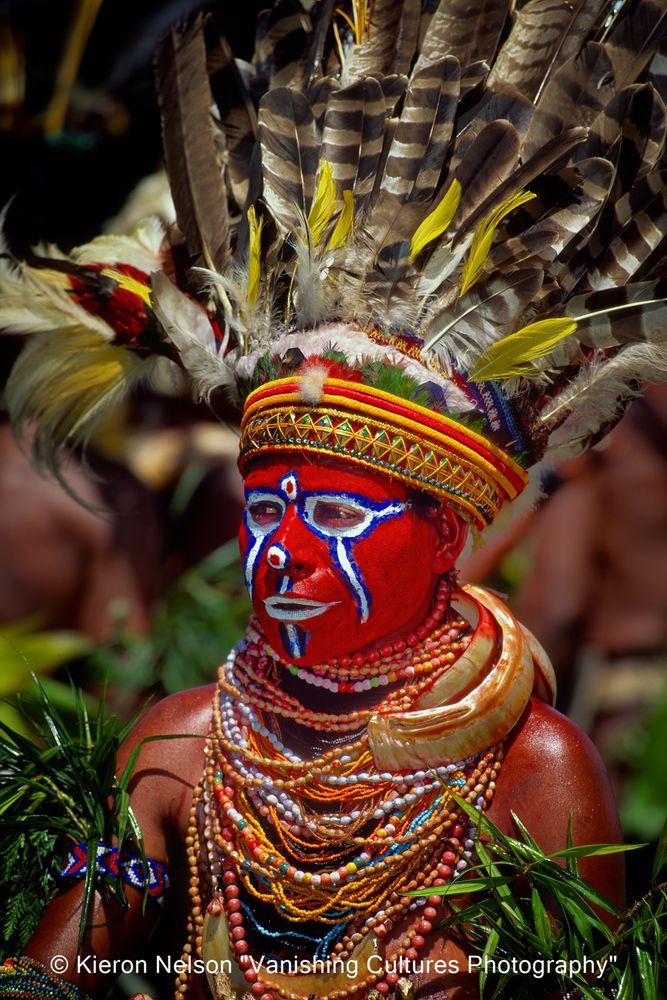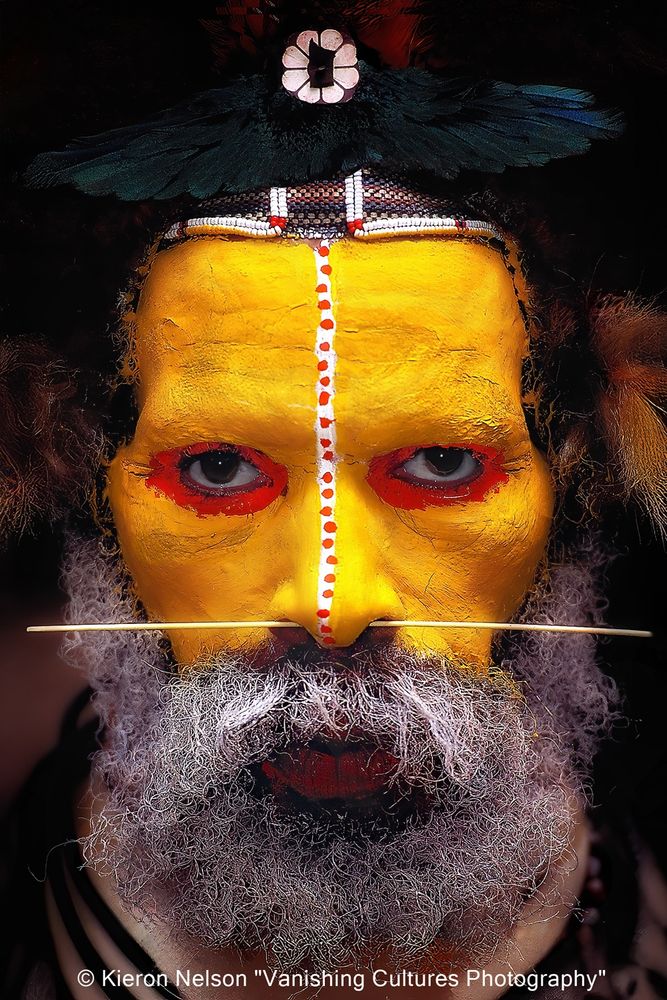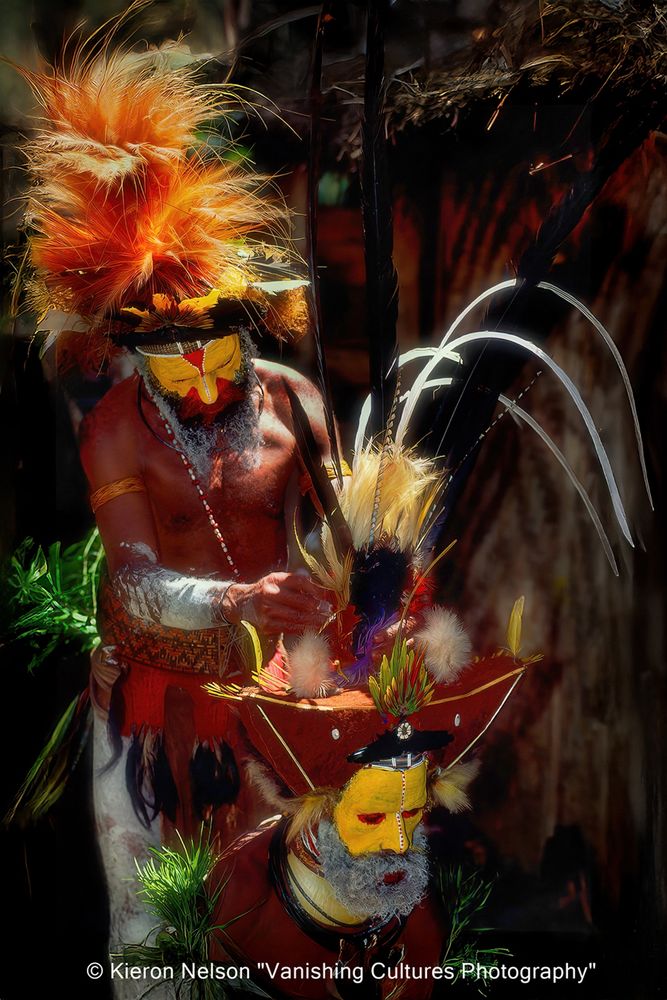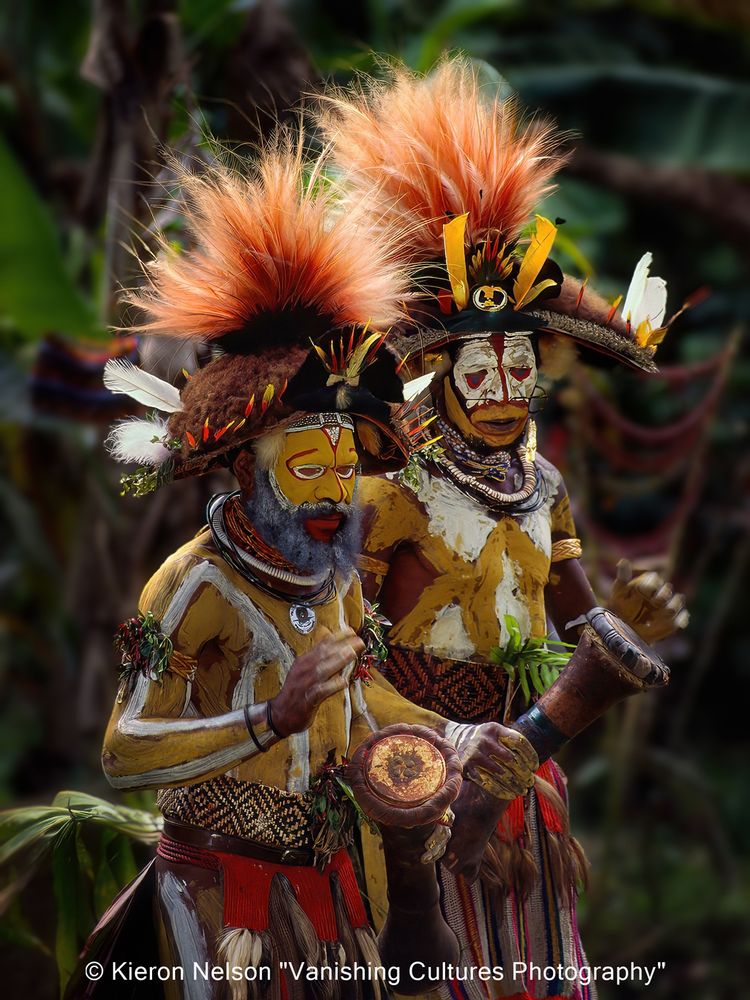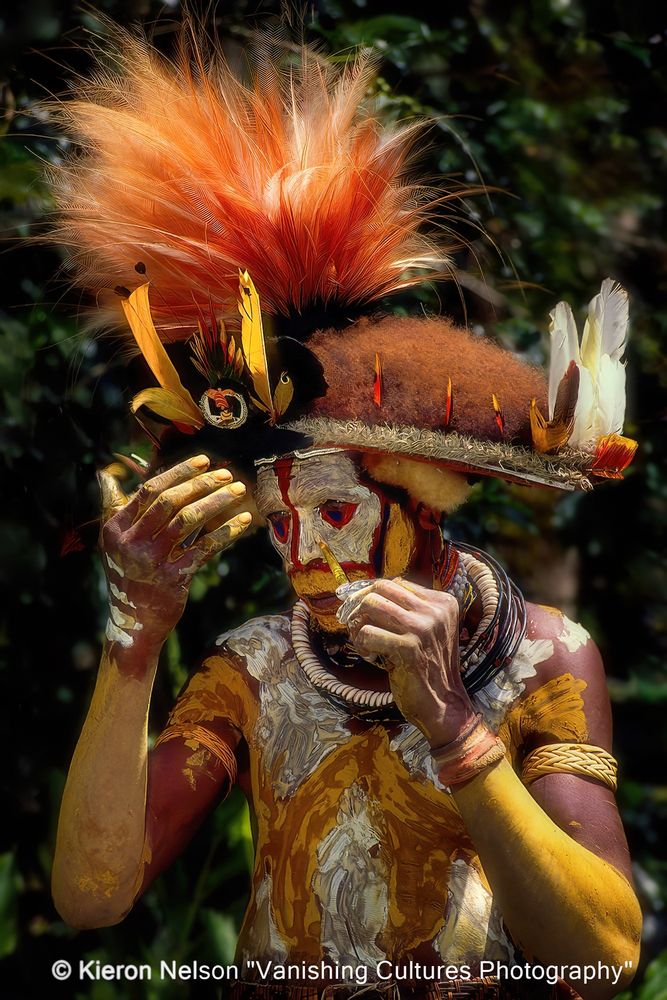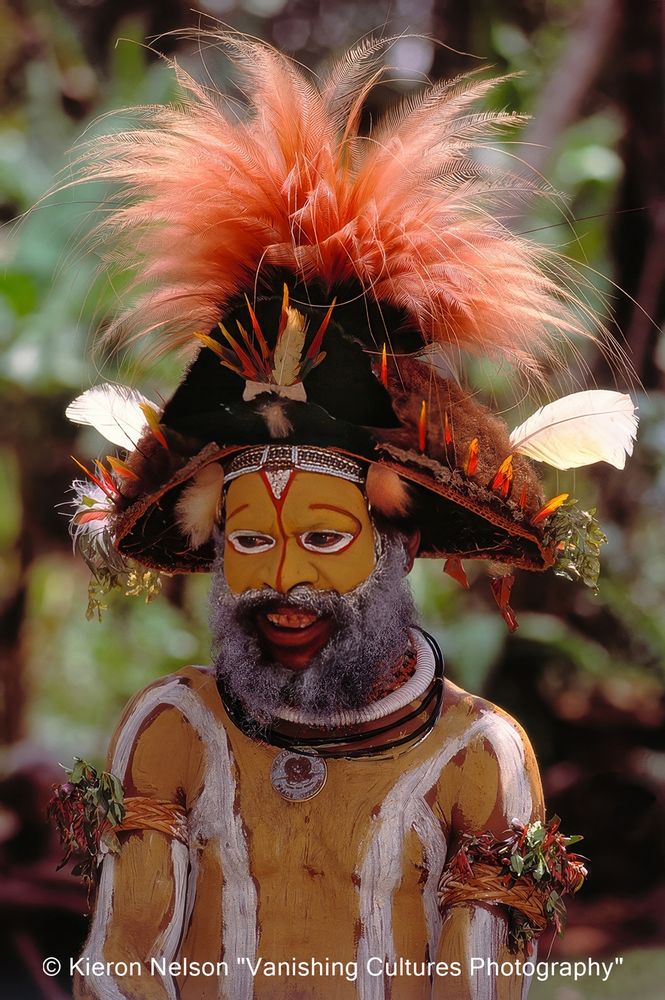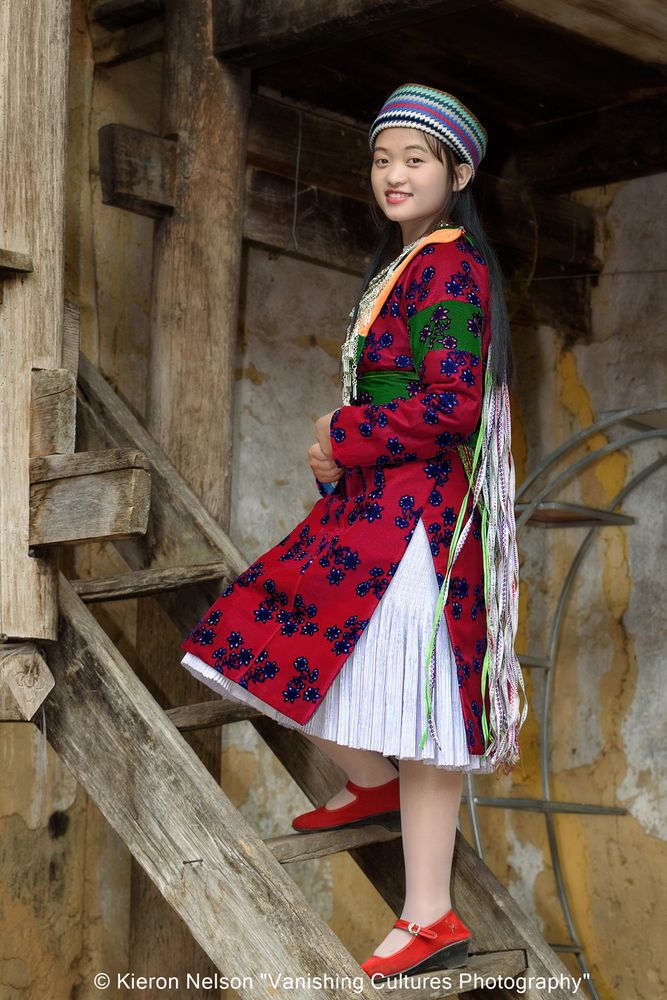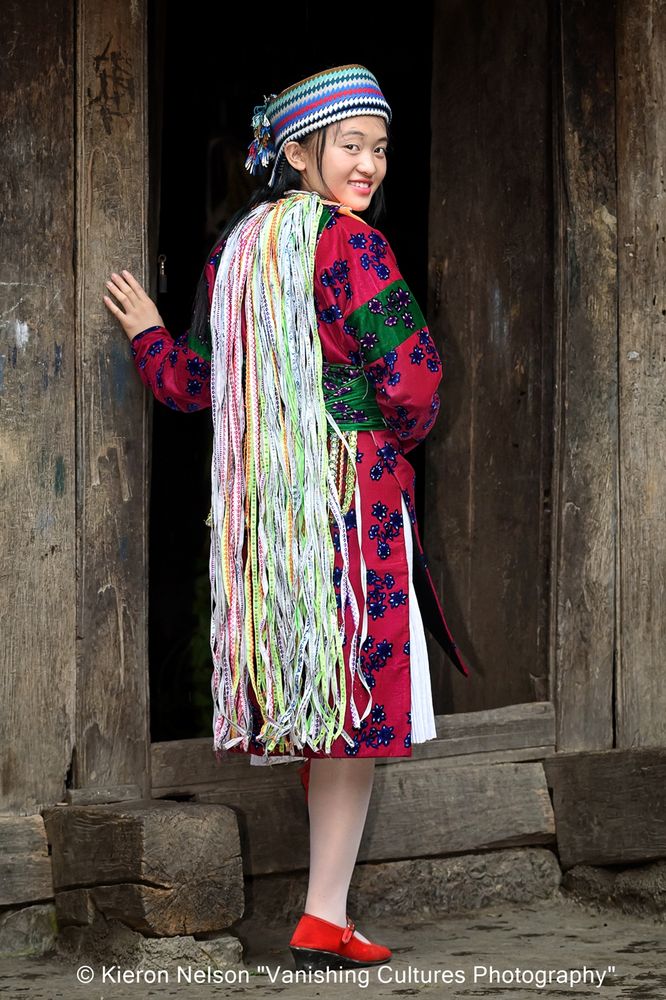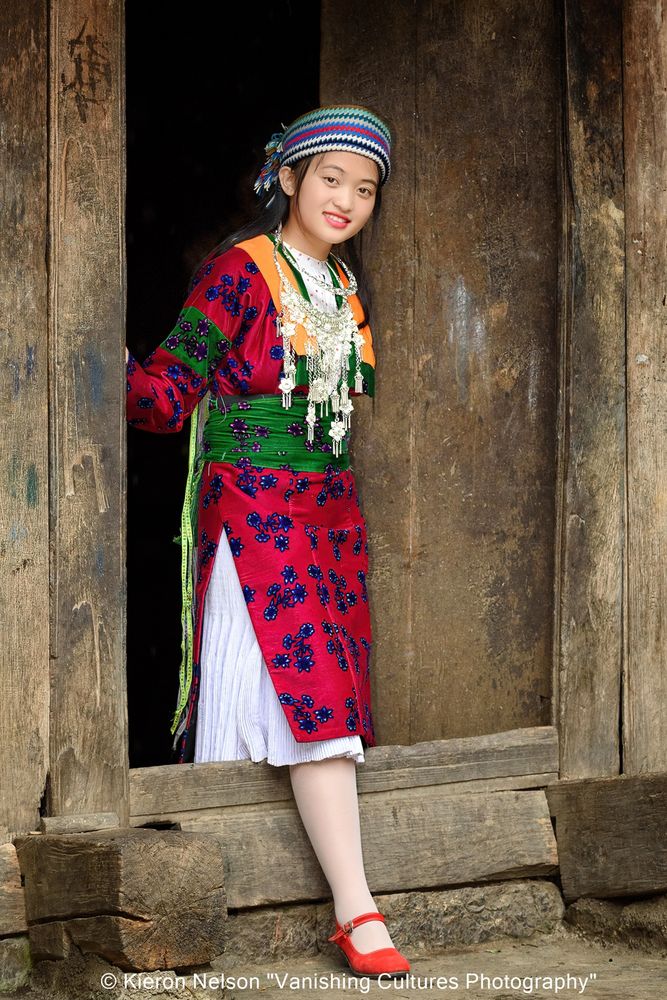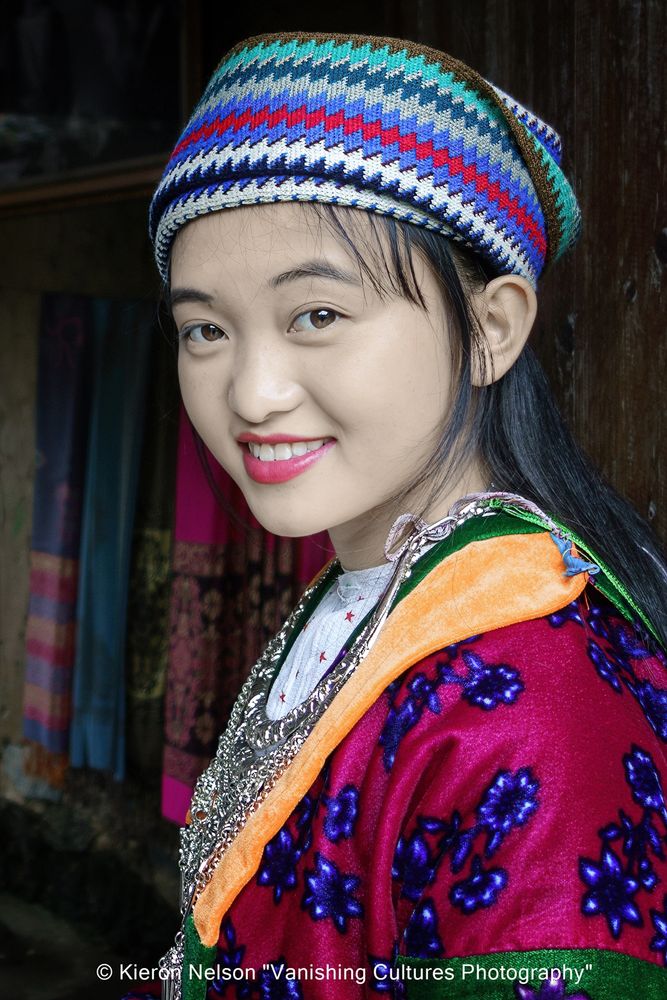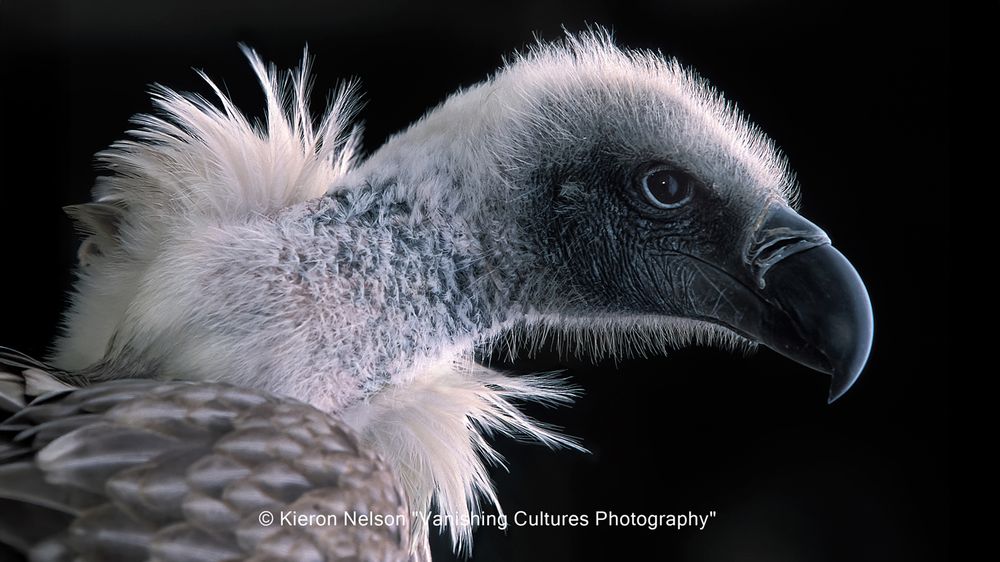
www.vanishingculturesphotography.com


















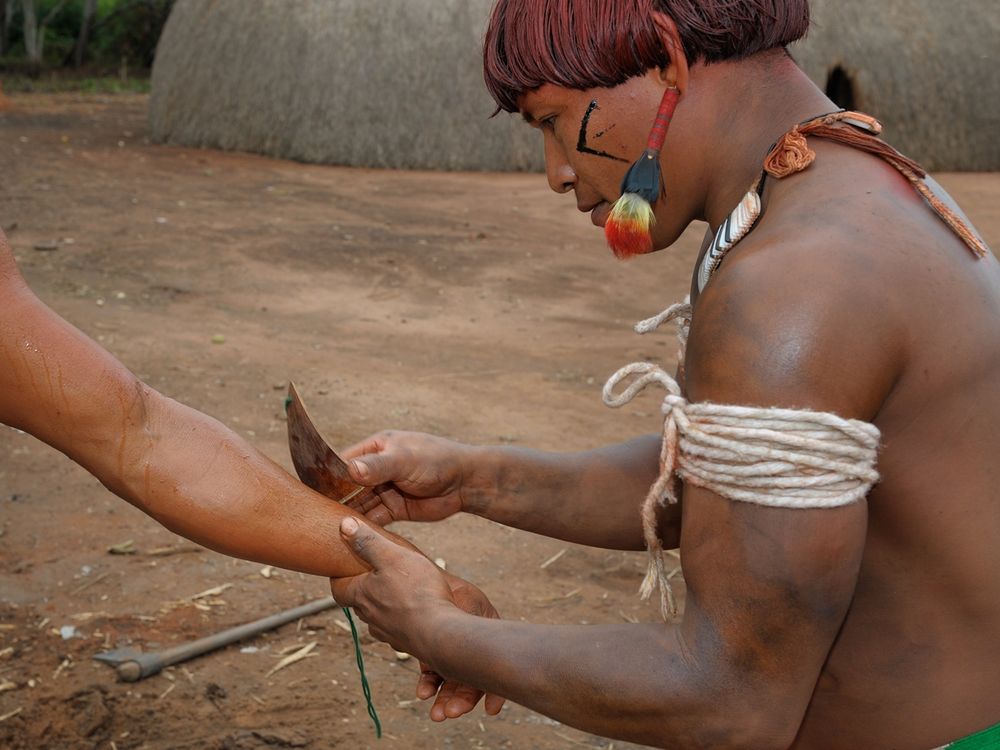



A pubescent girl has removed the very tight cotton wrappings around her knees and ankles, which make her calves bulge enormously, a highly valued sign of beauty and strength in Xinguano culture. Kuarup is the principal funeral ritual of the Indians of the Xingu.




A pubescent girl has removed the very tight cotton wrappings around her knees and ankles, which make her calves bulge enormously, a highly valued sign of beauty and strength in Xinguano culture. Kuarup is the principal funeral ritual of the Indians of the Xingu.




Kutia Kondh women are marked with beautiful geometric facial tattoos. It is said that these identifying marks ensure that they will recognize each other in the spirit world.




Kutia Kondh women are marked with beautiful geometric facial tattoos. It is said that these identifying marks ensure that they will recognize each other in the spirit world.
















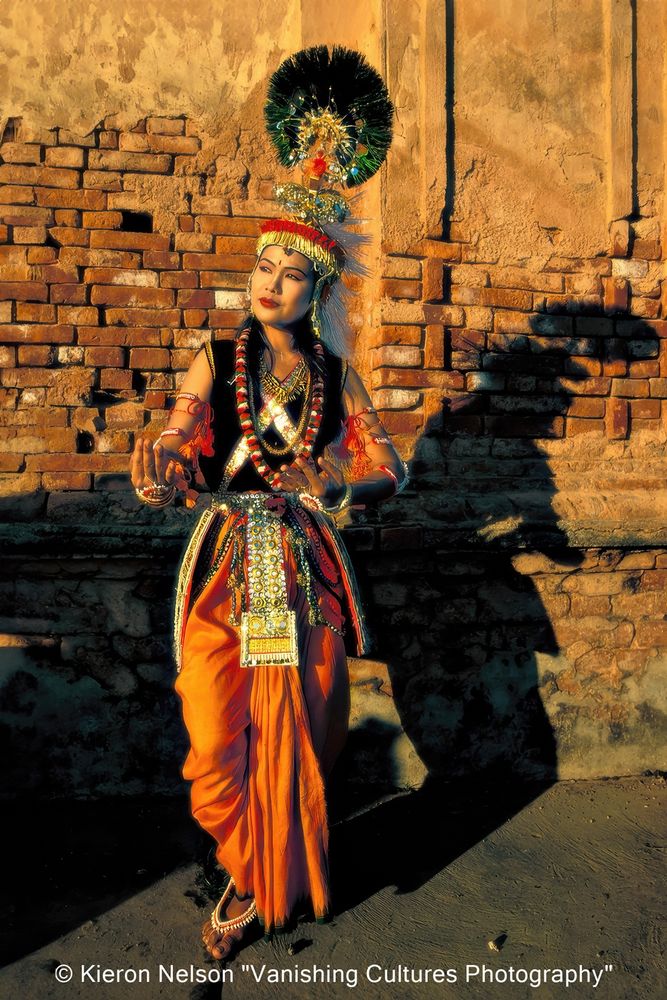




Among the Huli people of the Southern Highlands Province of PNG, widows cover their bodies in white clay or ashes after the death of their husband. They also wear many strands of "Job's Tears" seeds as necklaces, removing one each week to mark the passage of time.

Among the Huli people of the Southern Highlands Province of PNG, widows cover their bodies in white clay or ashes after the death of their husband. They also wear many strands of "Job's Tears" seeds as necklaces, removing one each week to mark the passage of time.




